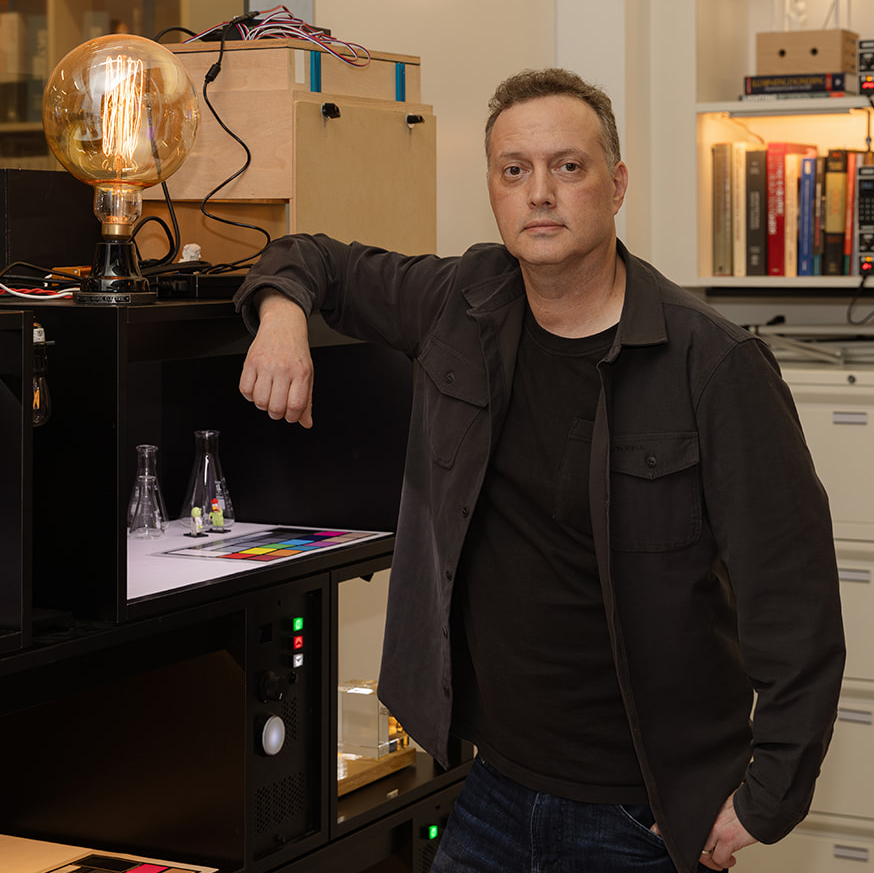Light Show: Lab Science
Gary Bouthillette | Senior Director of Lighting Design
As a firmwide subject matter studio, IA’s Los Angeles lighting lab represents a significant investment in research and development. Why have we put so much time and effort into this resource?
First of all, the IA lighting lab is an immersive environment for generating and incubating innovative lighting design concepts. When designers and clients work in the space or even just walk through it, they are literally surrounded by dozens of live lighting effects ranging from broad washes of colored light to very delicate micro spot lighting gestures. Some visitors feel they can do more creative work just by being in the space.
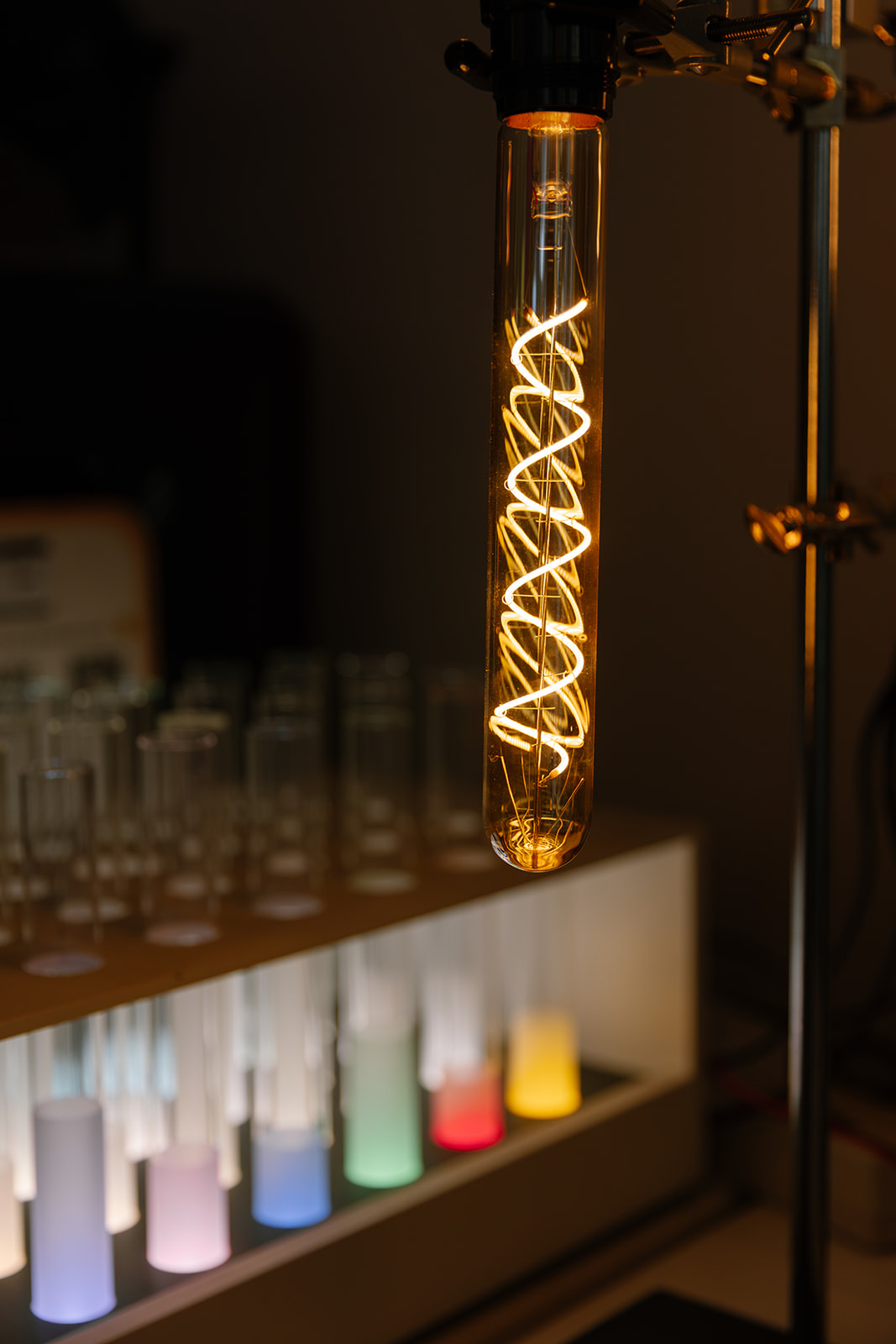

Another lab feature is its curated library of pre-built lighting detail mock-ups. This is a collection of interactive vignettes that represent commonly used lighting effects, especially at small scale, such as lighting for object displays.
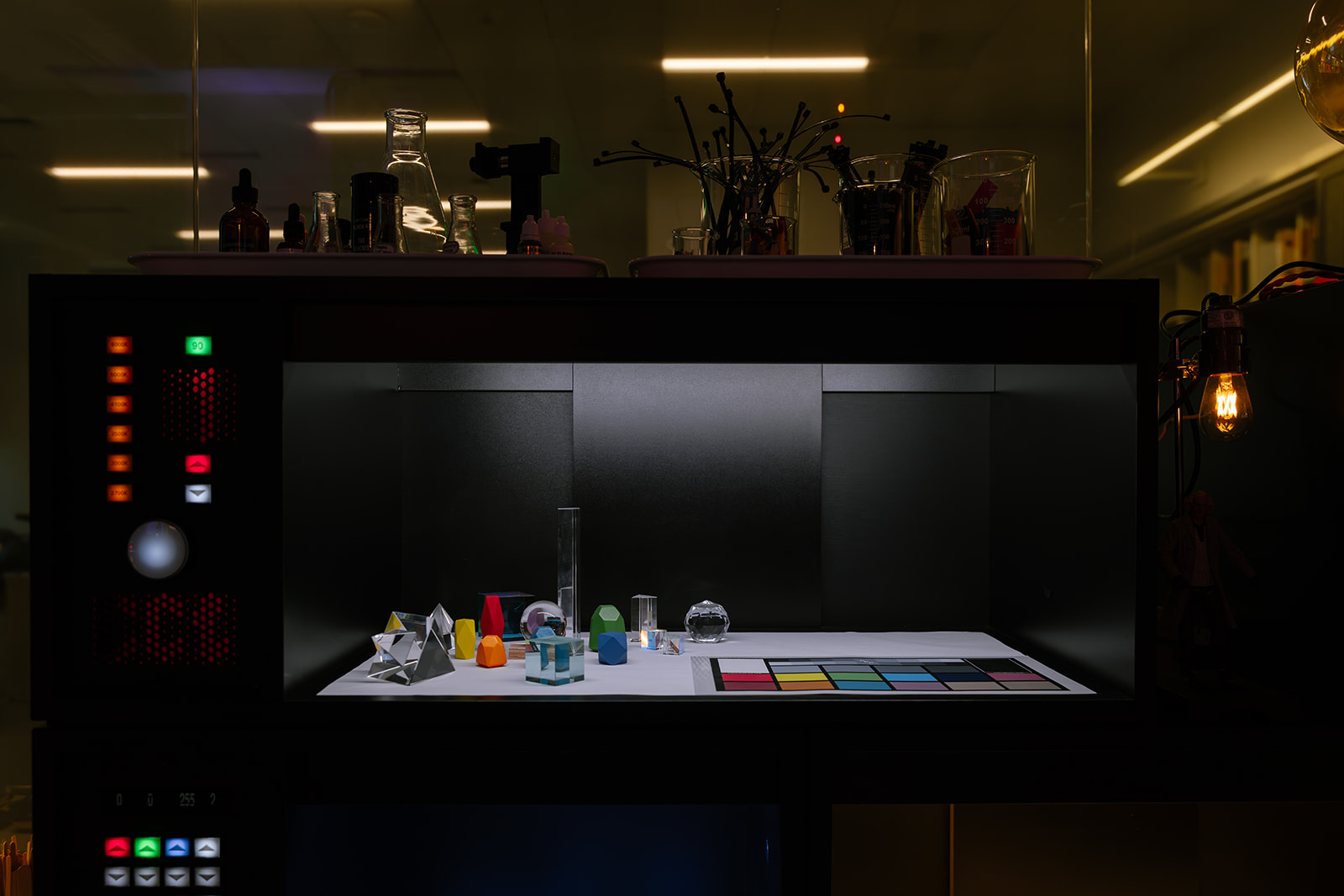
Each bay includes modular instruments developed at the lighting studio to monitor electrical properties, report light outputs, and allow visitors and studio professionals to interact with the exhibits by manipulating light source dimming levels, color qualities, and location.
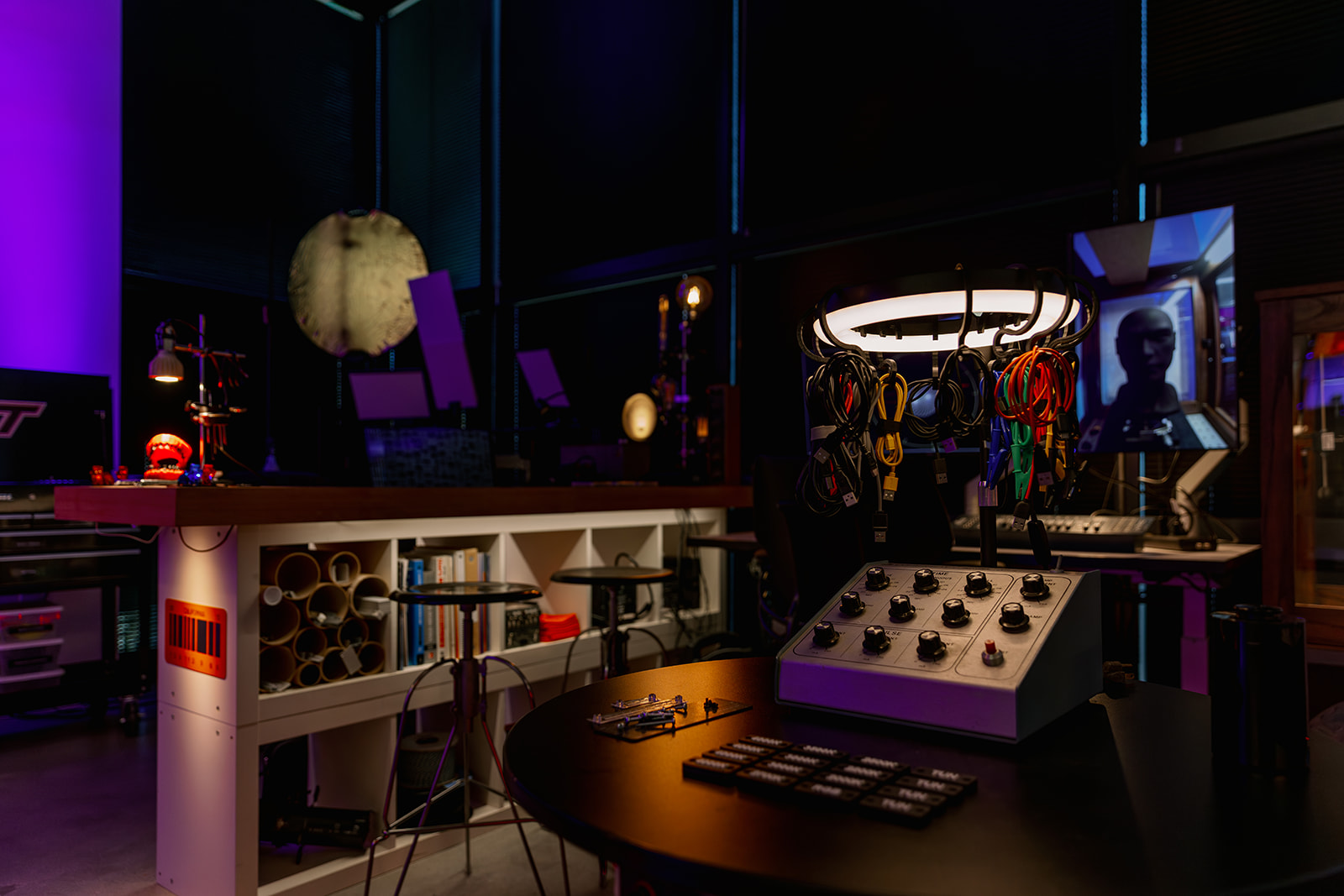
Perhaps the most impactful feature of the lab for our clients’ projects is its high level of capability to rapidly prototype project-specific lighting details, saving time and expense by avoiding the need for contractor-built mock-ups later in the design process.
Physical mock-ups are an essential part of the lighting design validation process; they work in tandem with photometric calculations and design visualizations like computer renderings and AI-enhanced imagery. The unique capability of physical mock-ups lies in their ability to reveal true-to-life lighting effects with total authenticity. This is a quality not attainable through other methods.
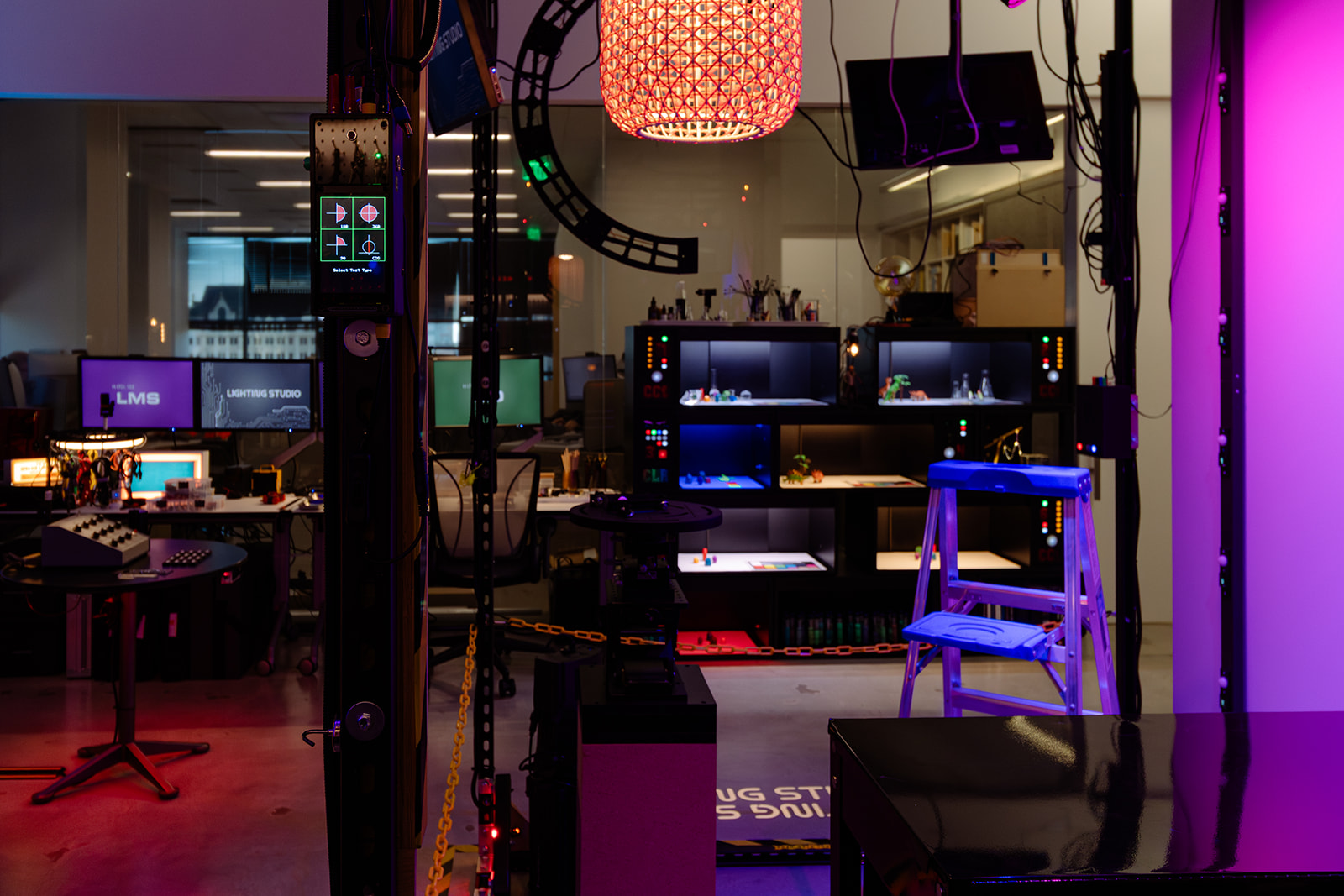
There are many advantages to conducting mock-ups in the lab; they can be done early in the design process, allowing for faster decision-making. Labor and materials procurement costs are often limited or even avoided completely through smart reuse of modular components.
Final Thoughts
The quality of light impacts the user experience. Exploring effects created at the lighting studio allows decision-makers to understand firsthand what they can expect from lighting design options for their space. This knowledge, along with the associated costs, gives them the confidence to make informed choices affecting their project’s human, aesthetic, and financial goals.
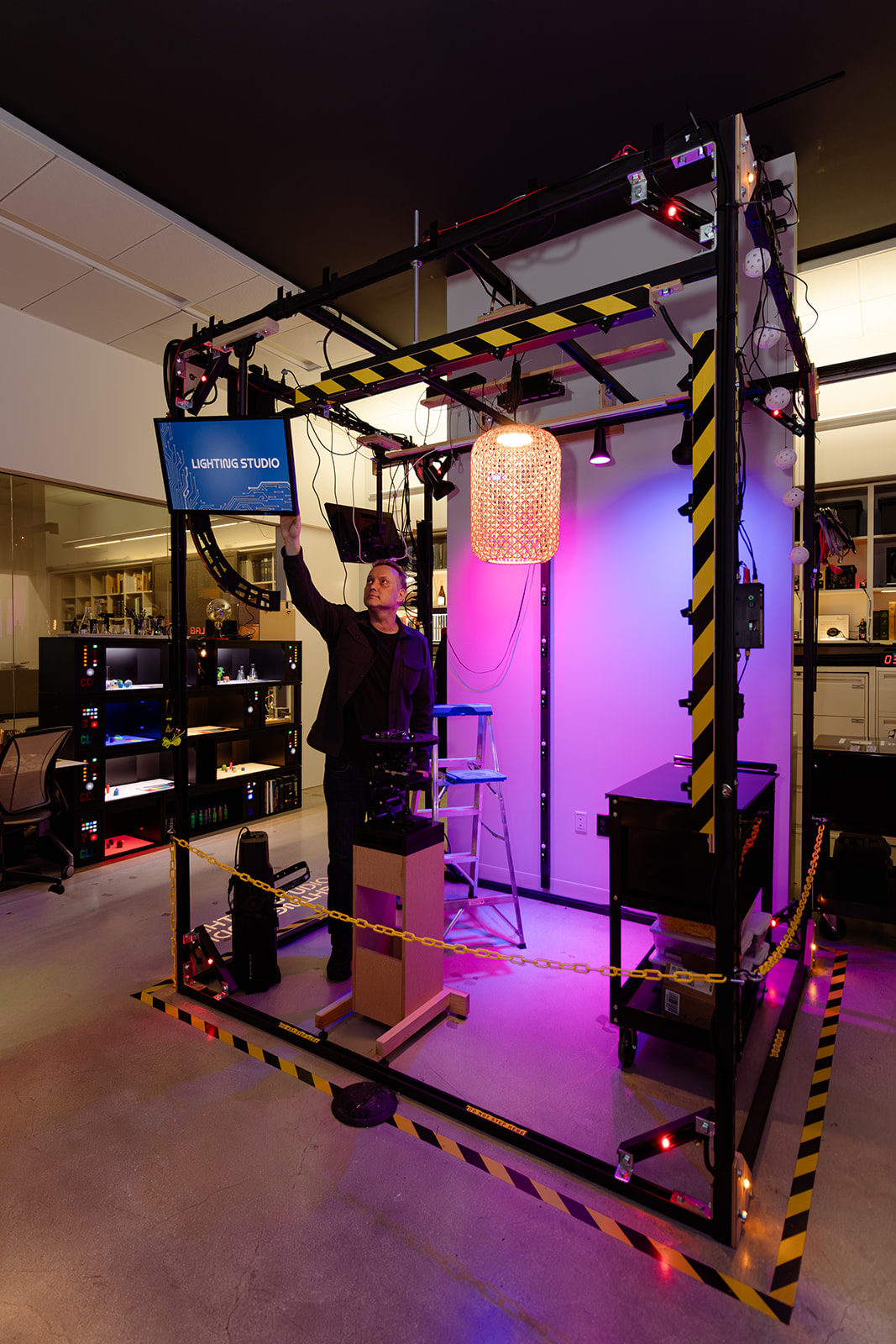

Photography by ©Mattea LinAe 2025
Gary Bouthillette, AIA, NCARB, LC
Senior Associate, Senior Director of Lighting
Contact Gary: g.bouthillette@interiorarchitects.com
